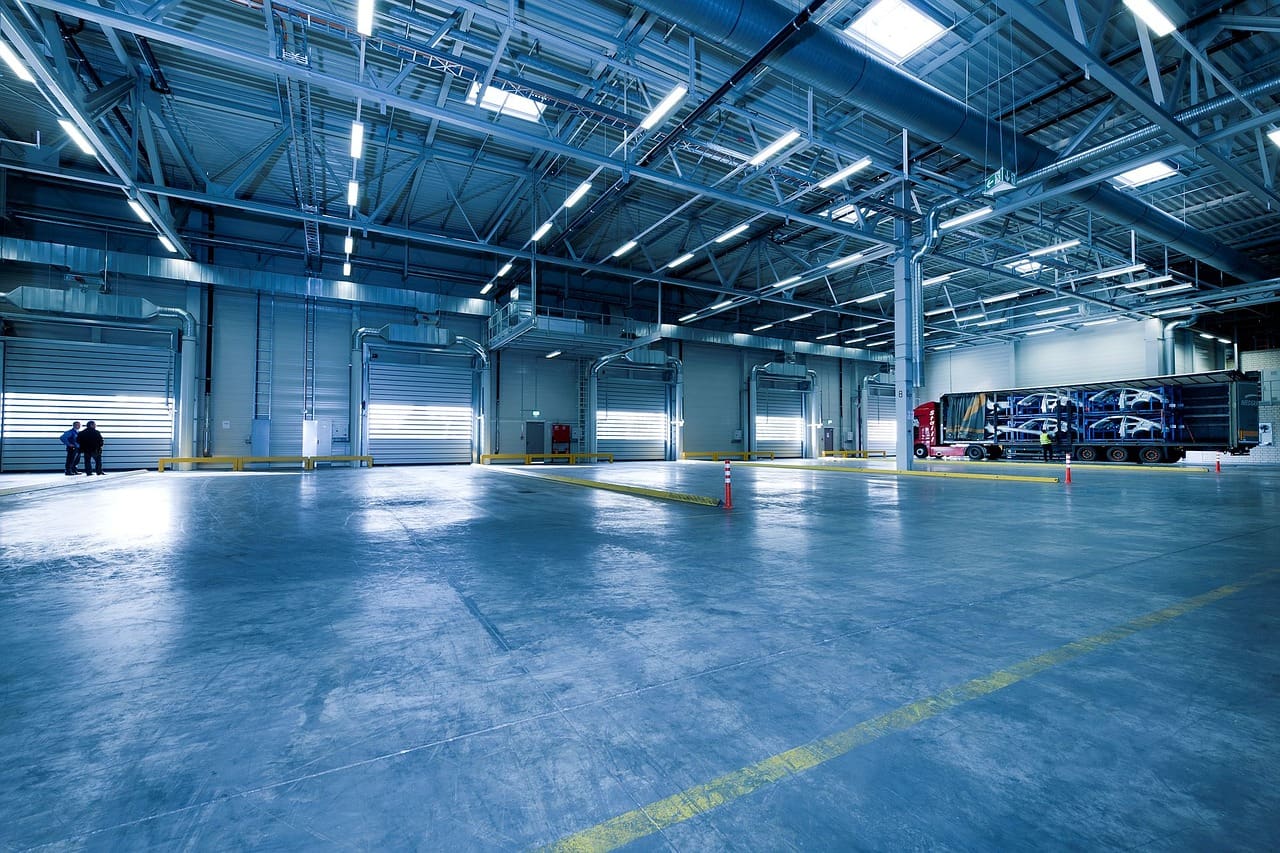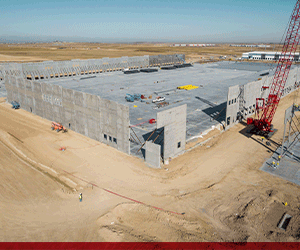By: Taylor Cole
Shallow bay industrial projects, the new lifeblood of American industrial that are also known as multi-tenant or light industrial developments, are trending in the commercial real estate industry across the U.S. as e-commerce evolves and retail deflates.
“Industrial is at the top of the asset list in terms of equity interest and debt,” said Al Pontius, senior vice president and national director at Marcus & Millichap. “In terms of investor demand, shallow bay industrial is incredible.”
These 15,000 to 50,000-square-foot industrial warehouses are designed for multiple tenants with light to moderate industrial needs. They are often built as last mile infill facilities within large cities and big-box hubs and are influenced by the same standards as large industrial facilities, according to Larry Armstrong, LEED AP, and CEO at Ware Malcomb.
“In tier-one markets such as Chicago, e-commerce companies like Amazon will have a big-box facility within an hour of the city and then every several miles into the city there will be another, smaller facility,” said Susan Bergdoll, vice president of leasing and development at Duke Realty, a real estate investment trust (REIT) with a primarily industrial, 137-million-square-foot portfolio. “Those buildings tend to be shallow bay and get smaller and smaller into the city.”
In Chicago, e-commerce has driven 35-40 percent of all industrial activity and the city is seeing the lowest vacancy rates they have had in the last 15 years. Bergdoll referenced this activity as a reflection of the growing demand industrial is experiencing across the nation.
“E-commerce is in a big hurry for small developments” said Armstrong. “We are doing a lot of work on what would normally be considered functionally obsolete and then retrofitting them in an effort to speed up the delivery. Infill is very attractive to achieve this.”
According to Bill Petsas, senior vice president of Western U.S., EastGroup Properties, there are a few factors that characterize shallow bay industrial and tend to be especially appealing to potential tenants with a local distribution reach: building depth and size, a clearance height of 24-30 feet, multiple entrances for easy tenant division, and a configuration that allows for parking and offices in the front, and truck docking in the back, which allows for loading activity screening.
“This product is perfect for companies that distribute locally as opposed to a regional distribution that requires large bulk space,” said Petsas. “The market, however, can only absorb so much space, so we normally build one at a time or a small phase at a time.”
And the vacancy rate on industrial in this shallow bay market are driving the low vacancy rates and the rental rate. According to Pontius, the asking rents are flattening out, influenced by newer product being developed, with the vacancy rates being incredibly tight in the Western region and the marijuana manufacturing market in Colorado spiking asking rates into all-time highs.
The experienced panel noted that 36-foot and higher clear heights act as a future investment for industrial developments because the tenant’s racking needs may grow and change. Most tenants occupying shallow bay properties, however, are underutilizing the heights, which drives the cost of development significantly.
“As a long-term building owner, it just makes sense to have high clear heights, even if tenants don’t ask for it,” said Petsas.
The success of industrial properties is still driven chiefly by the old adage of location, location, location. There are infill locations with lower clear heights that users seek out as optimal local distribution centers within a city core.
As developers consider the continued demand and viability of this smaller class of industrial product, such factors these experts use to determine opportunity for shallow bay developments include trailer parking that is away from the building, the ease of the individual municipality the building is in and if there is an infill opportunity.
Image courtesy of Business Rewritten
[Editor’s Note: SmallGiants recently contributed live blogs during NAIOP’s Commercial Real Estate Conference 2016 held September 26 – 28, 2016 in Scottsdale, Arizona. This series highlights trends in the commercial real estate industry. These are re-published with permission from SmallGiants.]









